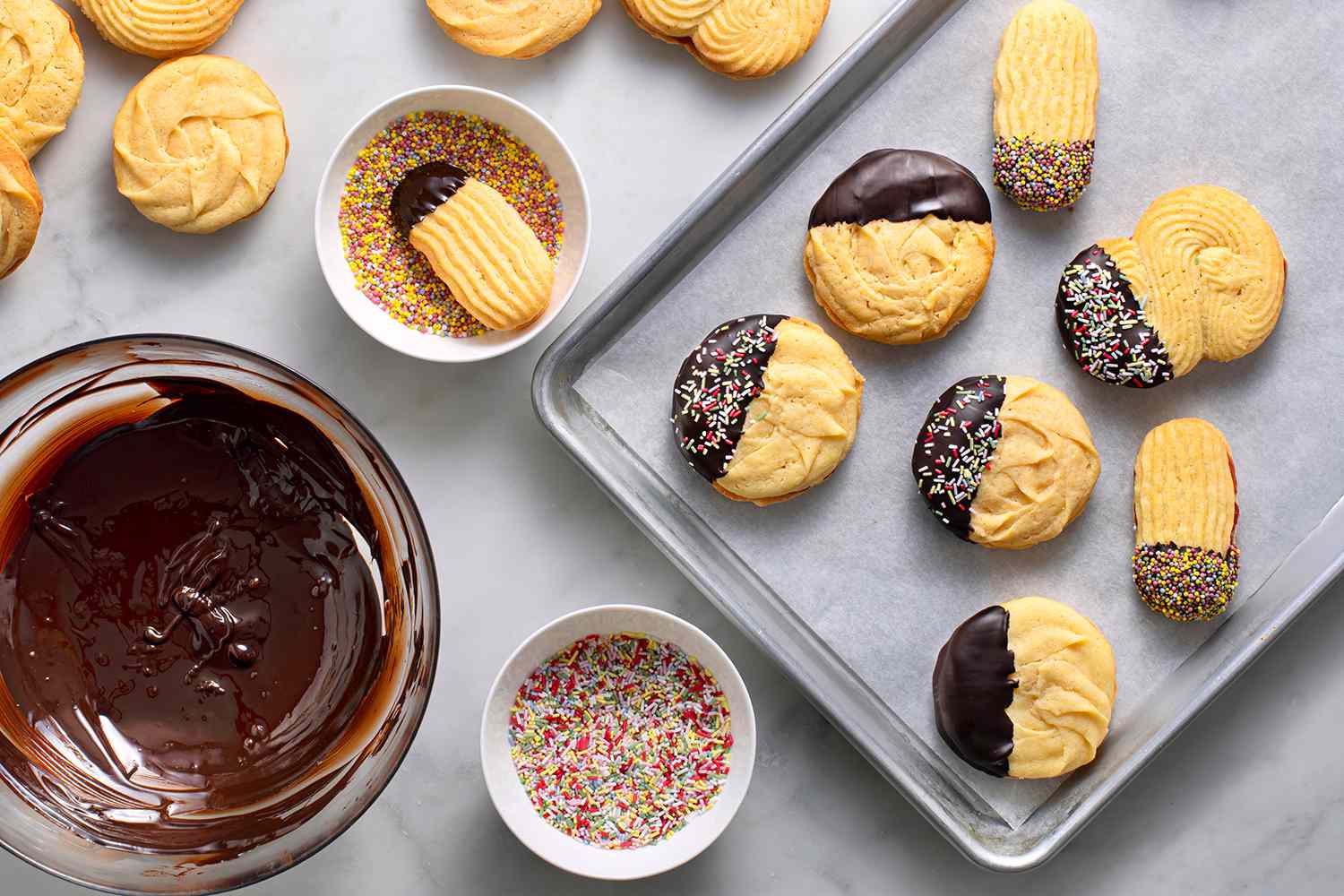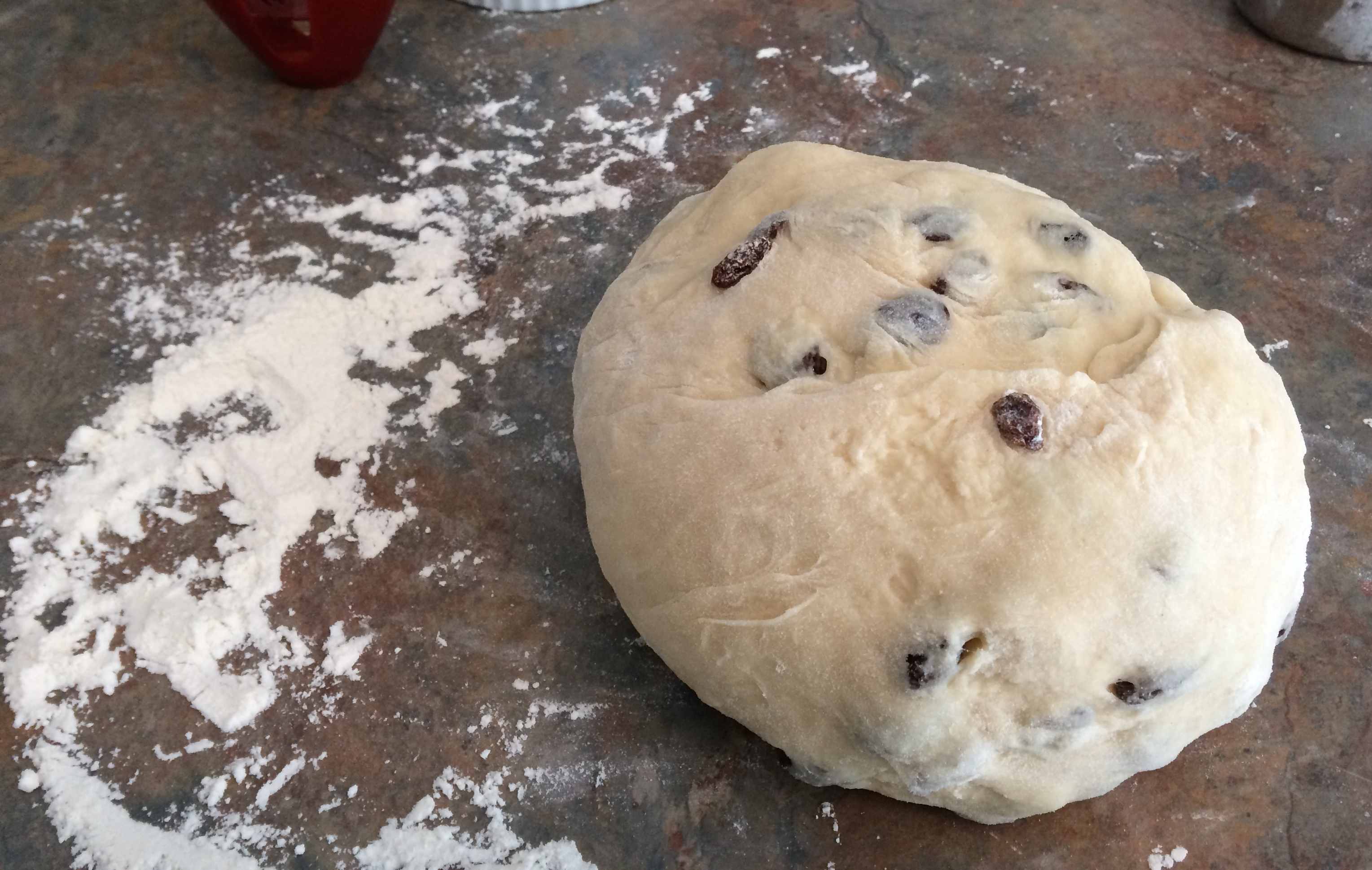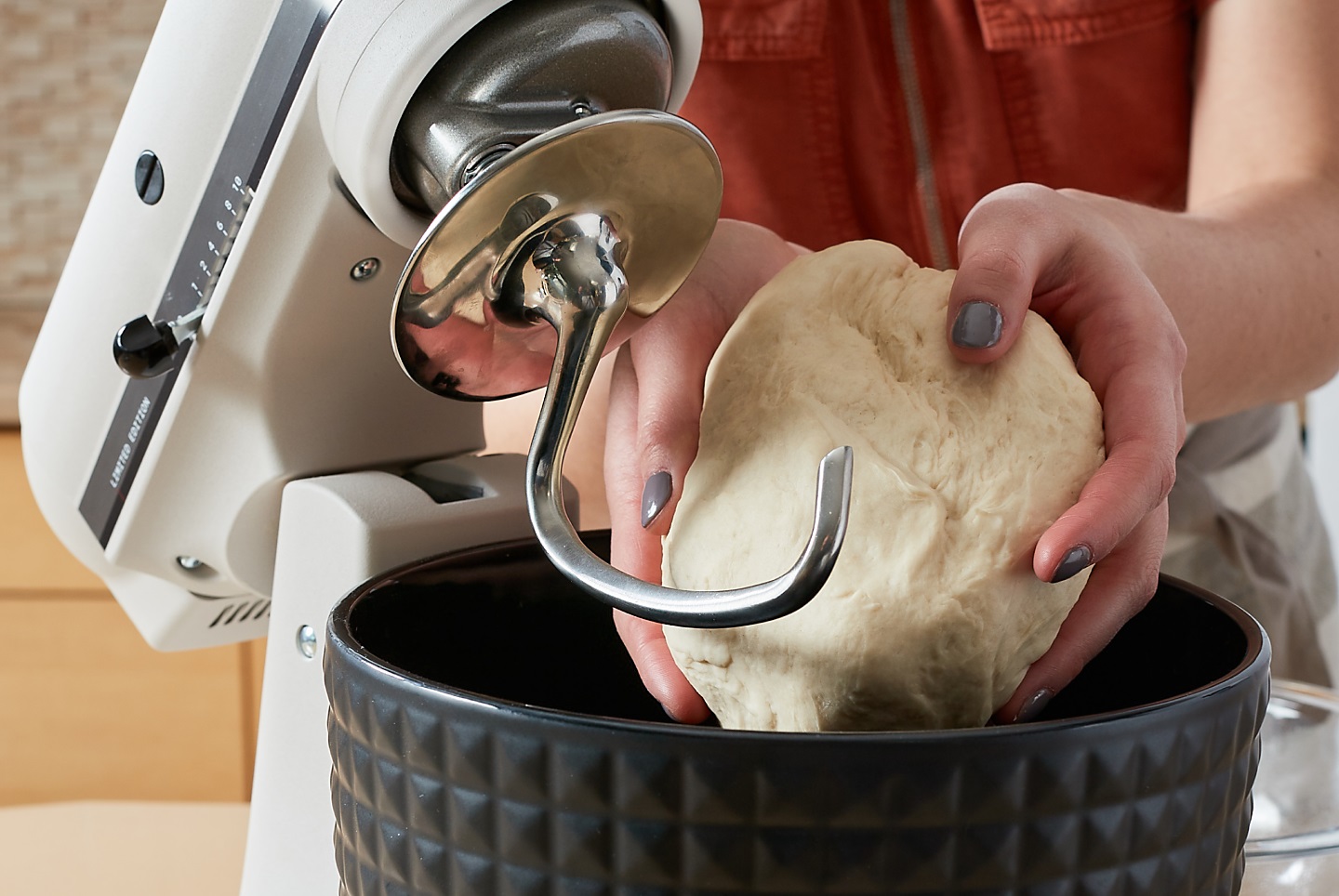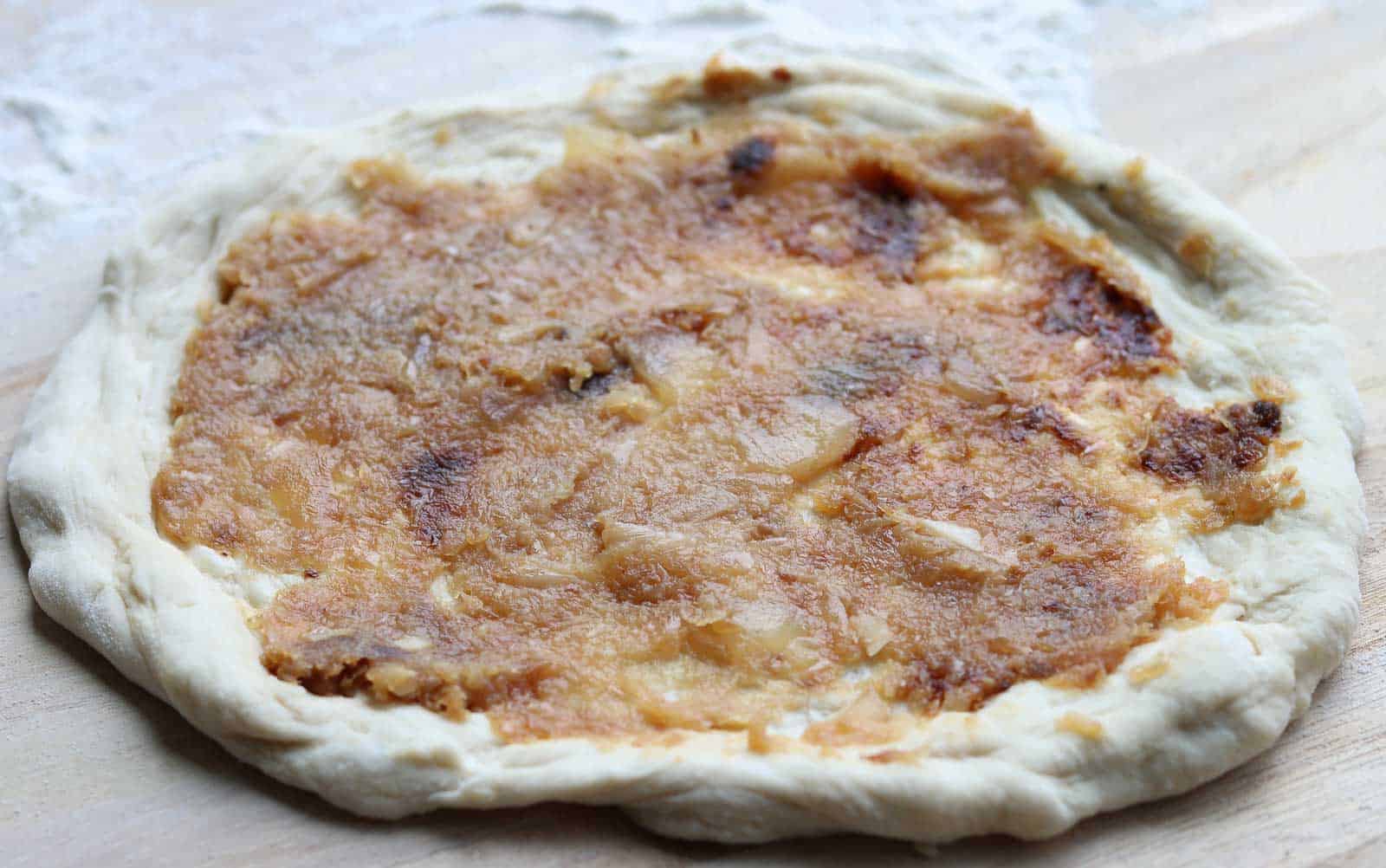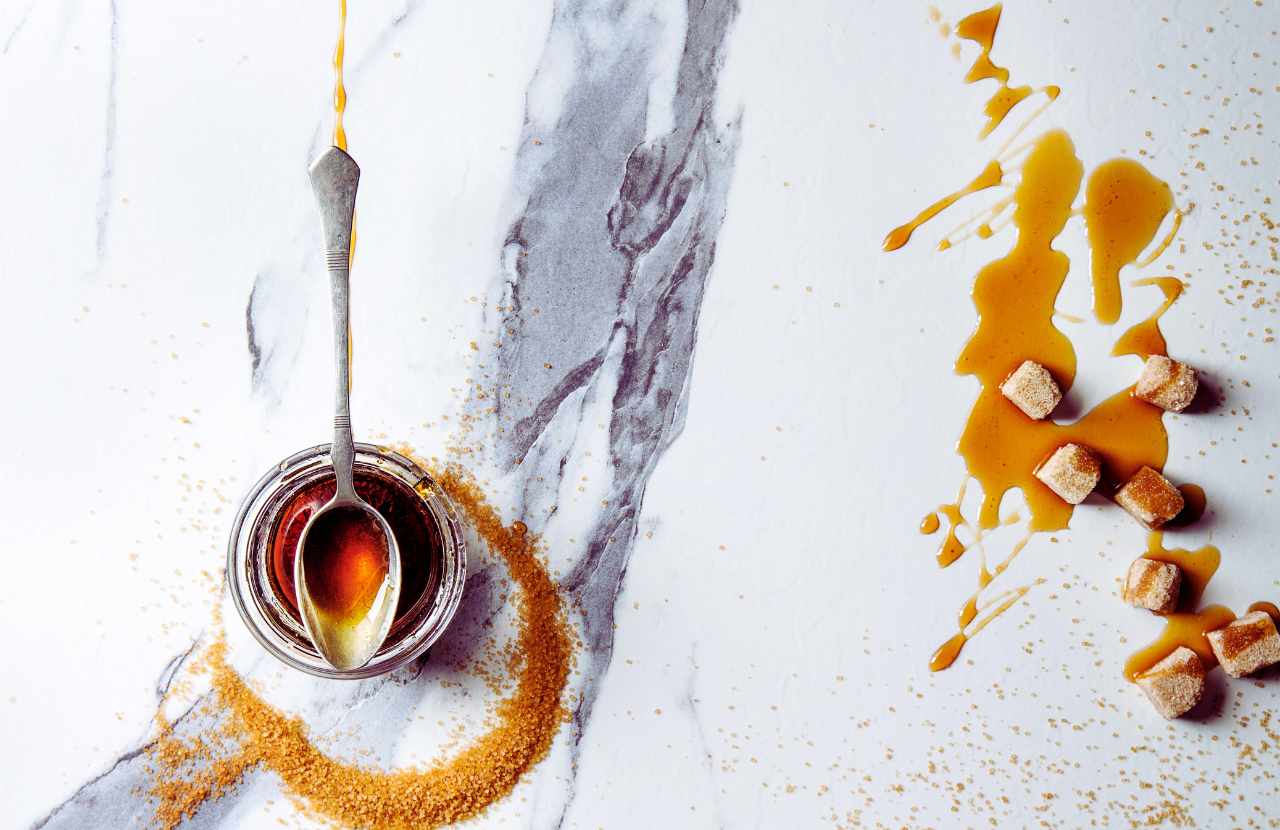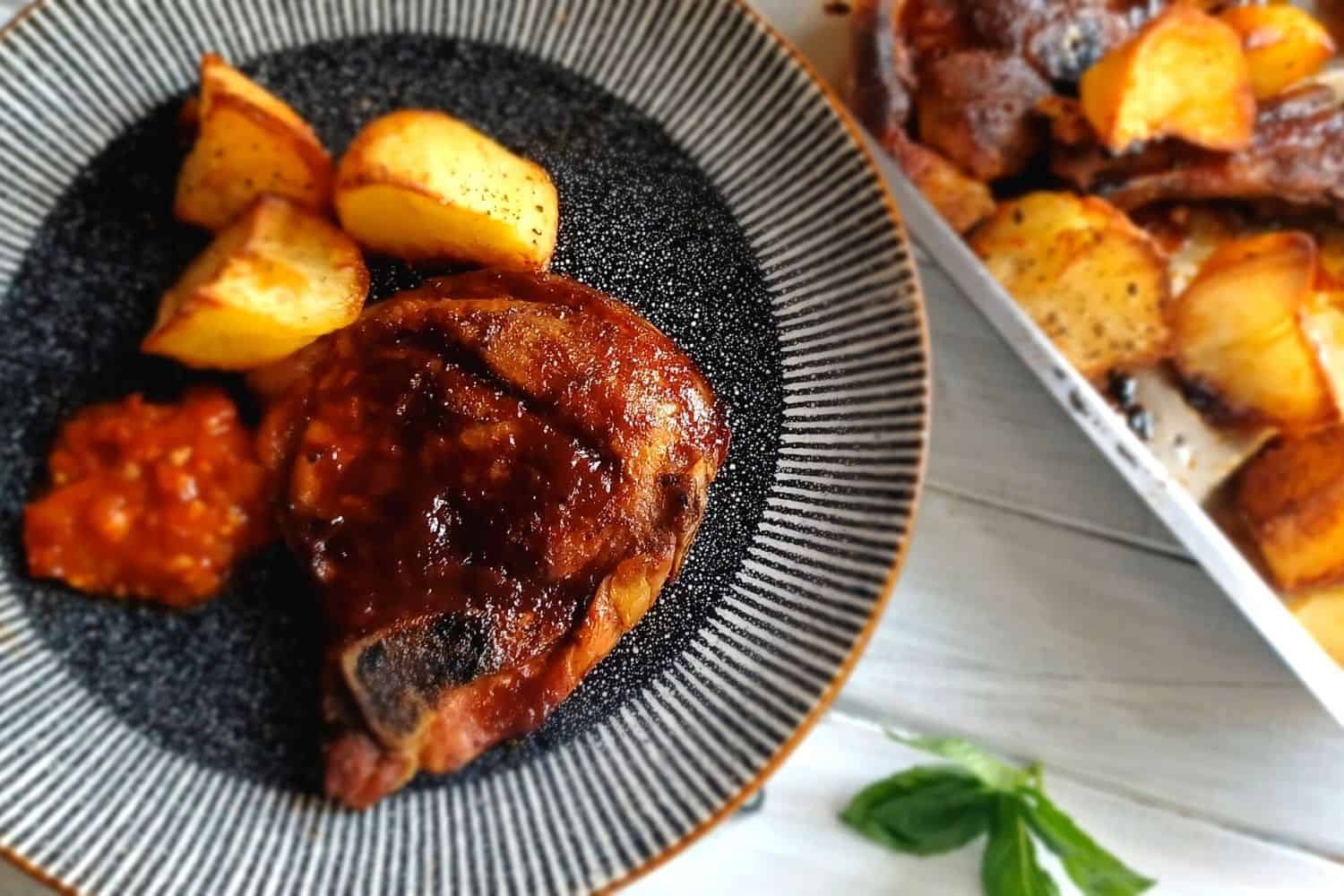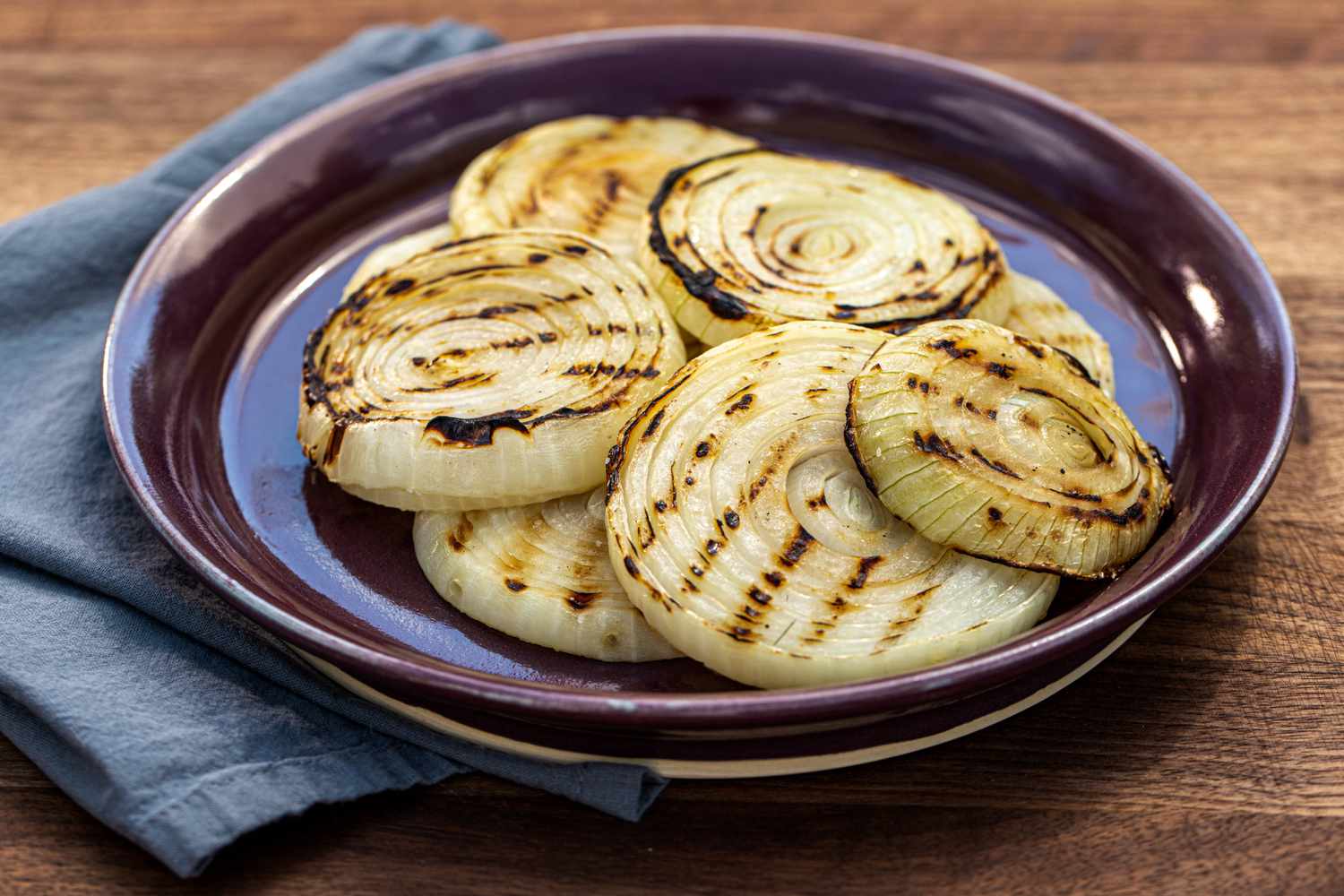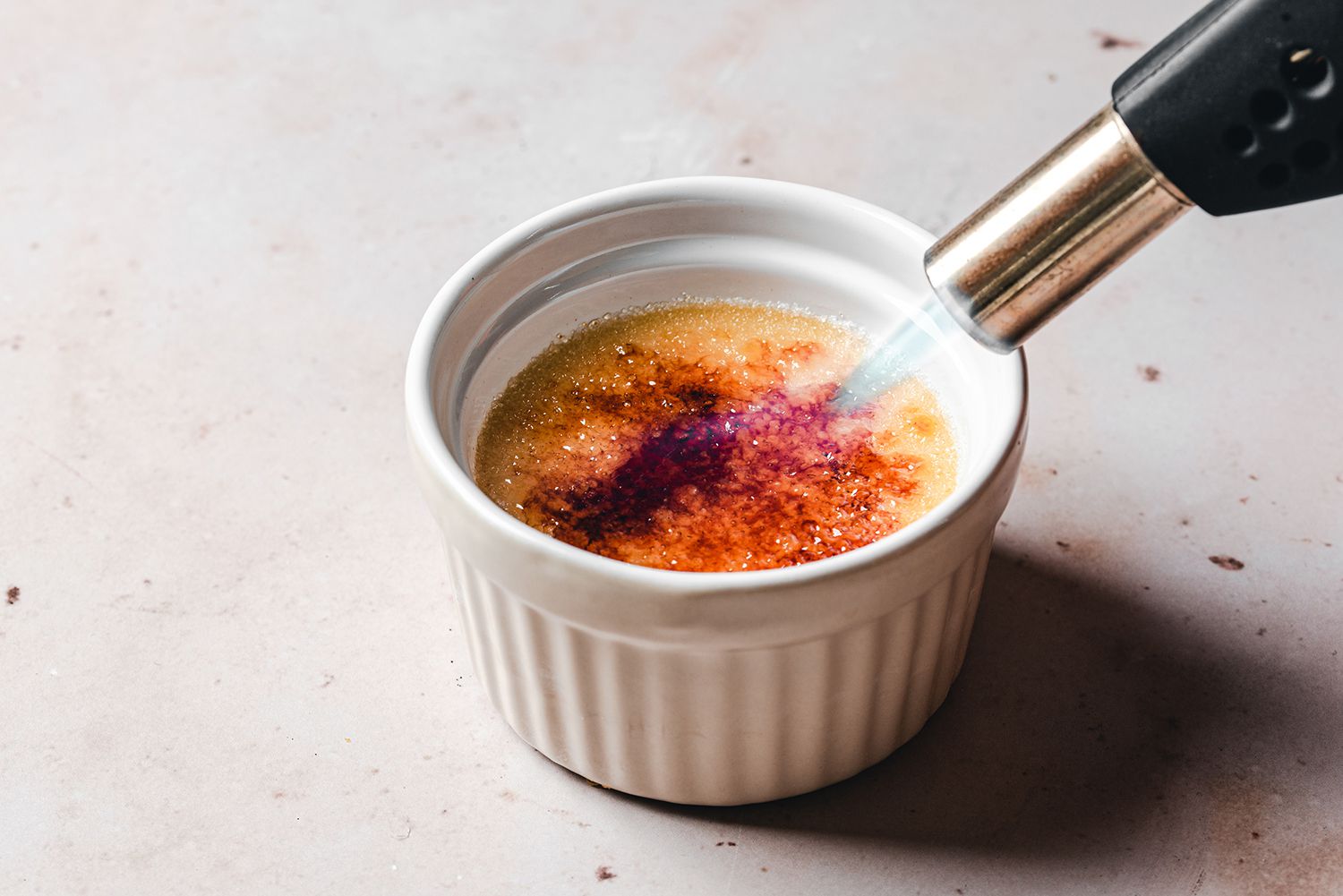Mastering the Art of Kneading Cookie Dough by Hand
There’s something incredibly satisfying about making homemade cookies from scratch. The process of mixing the ingredients, shaping the dough, and watching the cookies bake to golden perfection is a labor of love. One crucial step in the cookie-making process is kneading the dough, and while some may opt for a stand mixer, there’s a certain joy in kneading the dough by hand. Here’s how you can master the art of kneading cookie dough by hand:
Choose the Right Recipe
Before you begin, it’s essential to have a tried and tested cookie recipe on hand. Whether it’s classic chocolate chip, oatmeal raisin, or sugar cookies, ensure that the recipe you choose is well-suited for hand-kneading. Recipes that require a softer dough are generally more manageable for hand-kneading.
Gather Your Ingredients and Tools
Once you’ve selected your recipe, gather all the necessary ingredients and tools. You’ll need flour, sugar, butter, eggs, vanilla extract, baking powder, and any mix-ins your recipe calls for, such as chocolate chips or nuts. Additionally, you’ll need a large mixing bowl, a sturdy wooden spoon, and a clean, floured surface for kneading the dough.
Prepare the Dough
Follow your chosen recipe to mix the ingredients until a cohesive dough forms. Once the dough starts to come together, it’s time to transfer it to the floured surface for kneading.
The Kneading Process
Kneading cookie dough by hand is a simple yet essential process. Follow these steps for perfect cookie dough:
- Flour the Surface: Sprinkle a small amount of flour onto your work surface to prevent the dough from sticking.
- Transfer the Dough: Place the dough onto the floured surface and begin to work it with your hands.
- Fold and Press: Using the heel of your hand, gently fold the dough in half and then press it away from you. Rotate the dough a quarter turn and repeat this process.
- Repeat: Continue to fold, press, and turn the dough for about 5-10 minutes or until it becomes smooth and elastic.
- Check the Consistency: The dough should be soft and pliable, but not sticky. Add a sprinkle of flour if it’s too sticky, or a few drops of water if it’s too dry.
Benefits of Hand-Kneading
While using a stand mixer may seem more convenient, there are several benefits to kneading cookie dough by hand:
- Control: Kneading by hand allows you to have better control over the dough’s texture and consistency.
- Connection: There’s a tactile satisfaction in feeling the dough transform under your hands, creating a deeper connection to the baking process.
- Learning: Hand-kneading provides an opportunity to understand the dough better, recognizing when it’s ready through touch and feel.
Conclusion
Kneading cookie dough by hand is a simple yet rewarding process that adds a personal touch to your homemade treats. Whether you’re a baking enthusiast or a novice in the kitchen, mastering the art of hand-kneading will elevate your cookie-baking experience. So, roll up your sleeves, grab your favorite cookie recipe, and enjoy the therapeutic ritual of kneading cookie dough by hand.
For those looking to master the art of kneading cookie dough by hand, there are several recipes that perfectly align with this technique. Consider trying Oatmeal Raisin Cookies for a hearty, chewy texture or Sugar Cookies for a classic treat that benefits from careful kneading. Peanut Butter Cookies are another great option, as they require a smooth dough to achieve that perfect melt-in-your-mouth consistency. For a rich, indulgent experience, Double Chocolate Cookies will allow you to see how kneading affects the dough's density and flavor blend. Lastly, Snickerdoodle Cookies offer a delightful twist with their cinnamon-sugar coating, making the hand-kneading process all the more rewarding.

